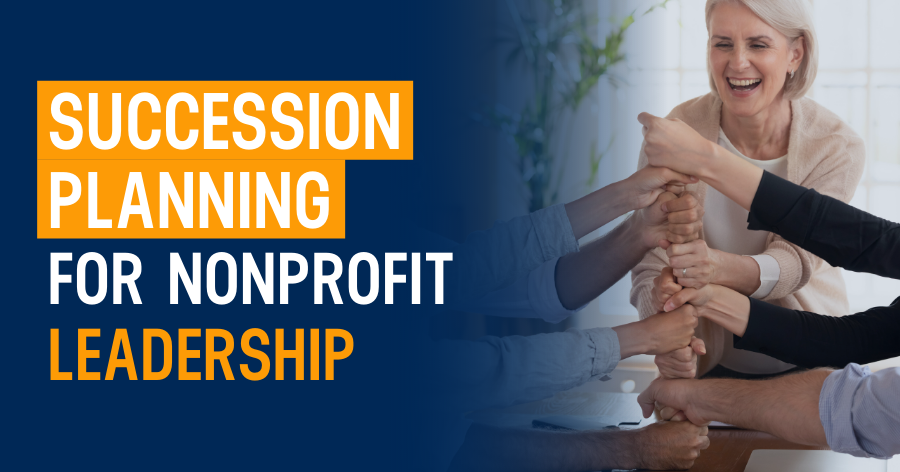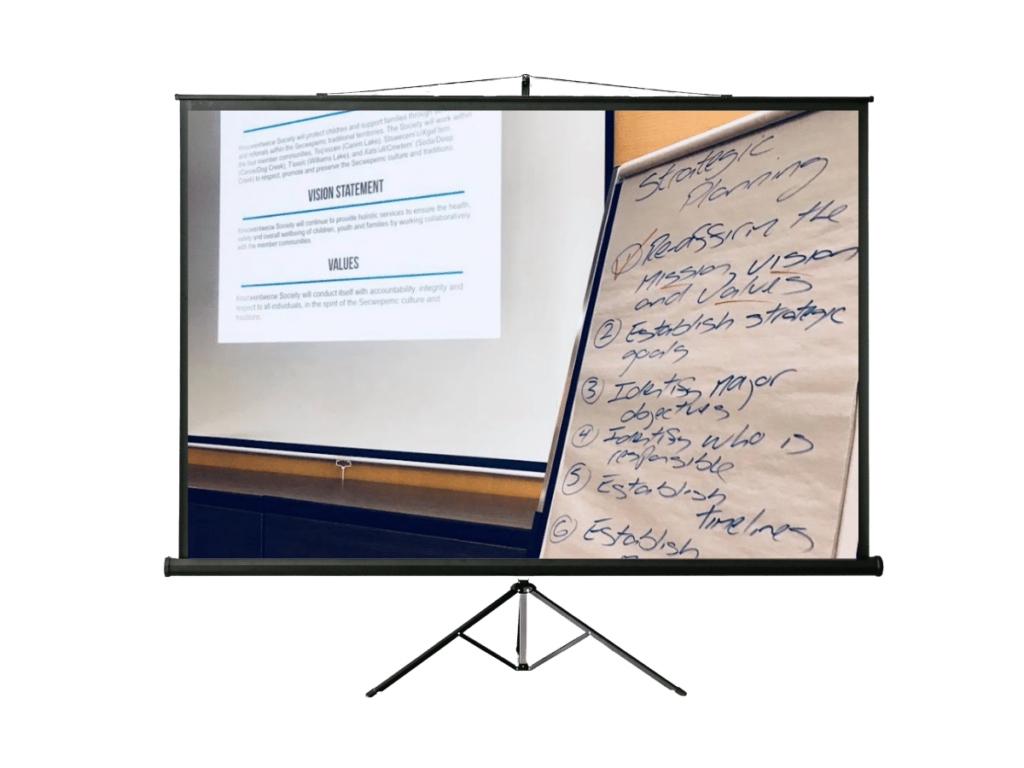
One of the primary responsibilities of boards is choosing successors for the organization’s senior leadership. In other words – succession planning for nonprofit leadership. This task is crucial because changes in these positions inevitably disrupt organizational performance. So how can directors ensure that their board’s approach to succession is practical and ultimately effective?
The following brief guide is a framework that aligns with established research and best-practice processes used by leading global organizations. The data shows us that a well-managed succession process is an ongoing discipline. It also requires the board to spend sufficient time clarifying future leadership needs and supporting individual leaders’ proactive development.
The three fundamental questions of succession planning for nonprofit leadership
Successful leadership succession processes entail defining, evaluating, and raising the critical leadership capabilities of selected senior executives in terms of how they relate to your organization’s strategic needs. They also involve extending these efforts down the management chain to include the organization’s talent pools. These processes are formed around the answers to three fundamental questions (which are the same regardless of the organization’s size or complexity):
- What does the organization need to be successful going forward?
- What type of leadership does the organization currently have?
- Do any processes need to happen to close any gaps between current and future leadership?
Unfortunately, it’s not uncommon for boards to skip the first question and go straight to the second, choosing someone who looks like the right leader but may not be able to successfully execute strategy or ensure sustainable performance.
Step 1: Establish Future Leadership Needs
It’s important that the board starts with the first question above: What leadership does the organization need to be successful going forward?
Indeed, your organization may very well have different needs in the future, which require leaders to work toward different strategic objectives. This determination must be in line with operational priorities and the needs of relevant stakeholders.
In this discovery phase, focus on drafting a leadership capability blueprint; this will serve as an ever-changing profile of vital leadership tasks and the corresponding knowledge, skills, and characteristics that produce leadership effectiveness and successful outcomes for your organization.
During this process, you can also identify the amount of clarity and alignment between stakeholders, which is an extremely important foundation for future success.
Step 2: Evaluating Current Leadership Capability
Assessing existing leadership capability entails thoroughly evaluating potential internal (or possibly external) candidates for a particular leadership role. This assessment requires a customized evaluation process that ensures an objective assessment of each candidate for the position. The process can also be expanded to include other members of the senior leadership team; this move de-emphasises succession and instead focuses on developing the capacity all senior leaders to achieve business outcomes.
The process usually involves several assessment and case interviews, internal and external 360-degree feedback interviews, an examination of past performance reviews, and informal feedback.
The output of this process includes individual and collective comparative assessment reports that identify the strengths, development needs, and career ambitions of potential successors, along with a determination of whether candidates are actively developing these.
If it becomes apparent that there are no viable internal candidates, the board needs to know about potential external candidates and understand that hiring an outside candidate will cost more than promoting someone internally.
Step 3: Developing Leadership Capability of Candidates
If there are gaps between current and future leadership capability, the organization should provide targeted and proactive support to each potential successor. Ideally, this support should be integrated into individuals’ daily tasks (rather than taking the form of external training courses, for example) and coincide with effective coaching and mentoring.
The development plan is usually designed to collaborate with each candidate, the CEO, Chair and/or HR professional; this ensures that all parties are engaged and motivated to meet development goals. The plan is based on individual strengths and development needs and should consist of a practical syllabus for each candidate. It’s important to understand that successful development does not occur in isolation. Also, it provides individual support for candidates to ensure success in their current roles.
Responding to the three questions in succession planning for nonprofit leadership
Steps 4 and 5: Decision-making and Transition
An organization’s response to the three questions above determines how well it manages a succession circumstance. Successful organizations have undergone multiple rounds of identifying future needs. As well as assessing available leadership talent, and proactively developing internal candidates’ leadership capabilities. Board members have gotten to know each of the internal candidates and seen them in several different settings. They should rely on current, detailed, and objective evaluations of each candidate’s suitability.
It’s also critical that the board provides sufficient support to the newly appointed leader as they transition into the role.
Create a brighter future for your organization with AMC
AMC’s skilled strategic planning facilitators can help you navigate complex issues and build the transformative plan you need for success.
Whether you have a specific goal, troublesome problem or a new exciting opportunity you need assistance navigating -AMC’s customized strategic planning sessions will help.
Contact us today to learn how AMC’s Strategic Planning facilitators can help your organization develop, improve, and grow.

